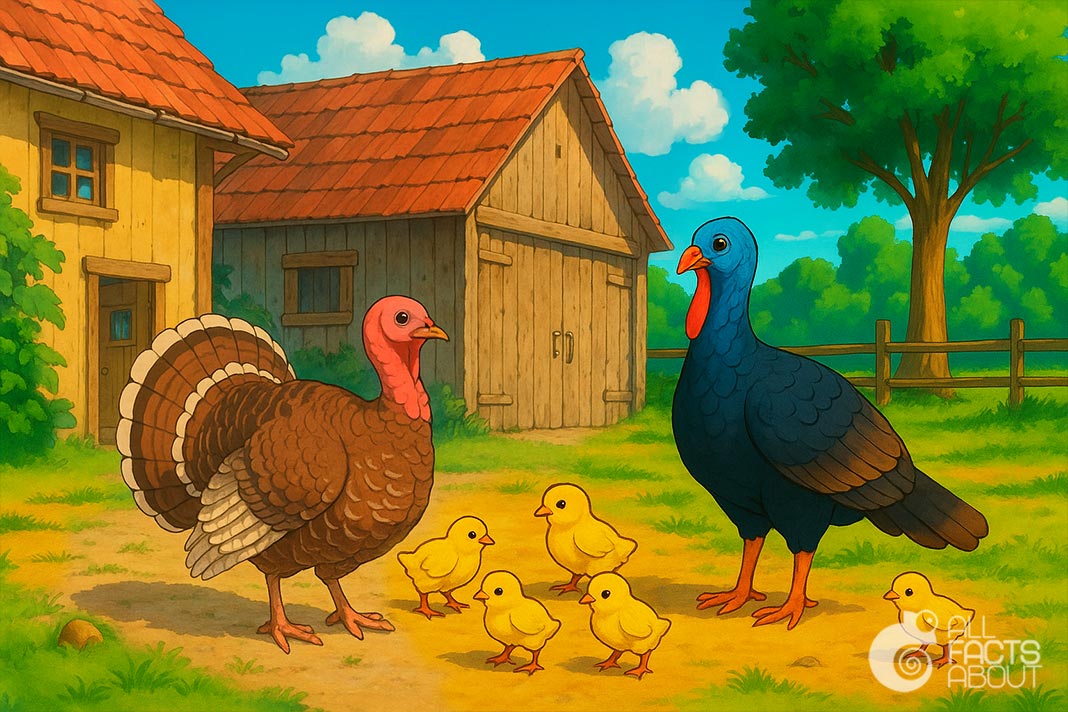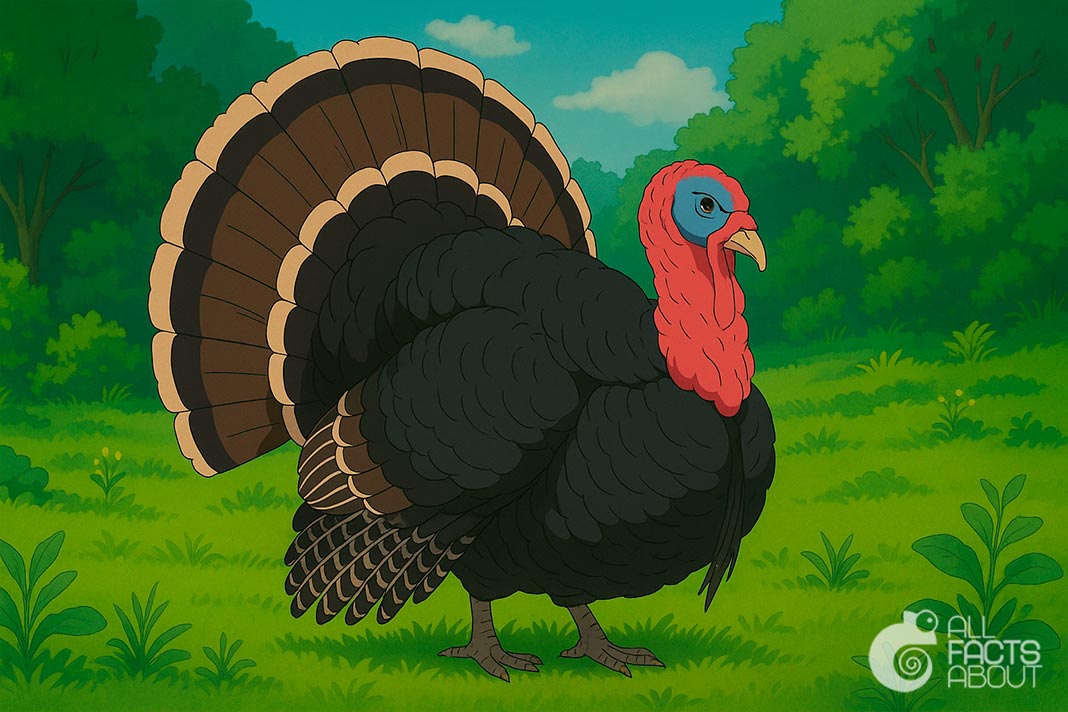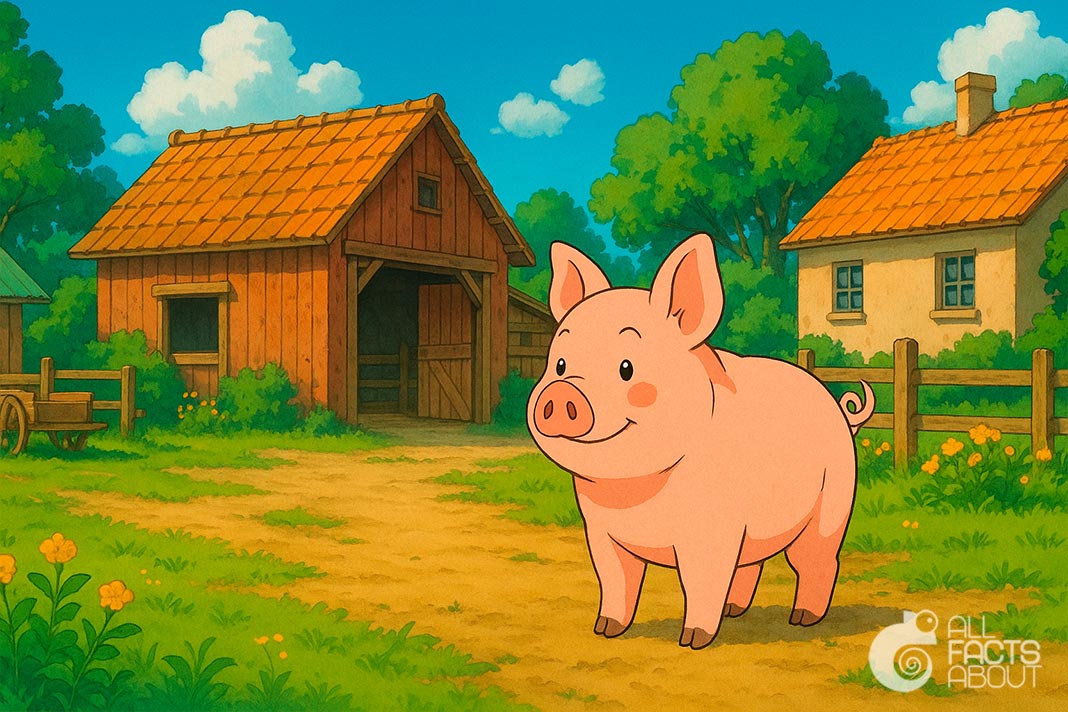Turkeys are much more than a symbol of Thanksgiving—they are intelligent, social birds with remarkable behaviors and physical traits. From their curious vocalizations to surprising flight abilities, turkeys have plenty of secrets worth discovering.
1. The bird we call a turkey is native to North America, but its English name comes from a mix-up. Early European settlers believed it was a type of guineafowl that arrived in Europe via Turkey. As a result, they started calling it a "turkey bird," which was eventually shortened to just "turkey" — even though the bird has no connection to the country.
2. Turkeys have been on Earth for around 10 million years. Fossil evidence shows they’ve changed little over the millennia, proving how well-adapted they are to their environment.
3. Male turkeys are called “toms” or “gobblers” and are known for their distinctive gobbling call, which can be heard up to a mile away. It’s used to attract females and to warn off other males during mating season.
4. Baby turkeys are called poults. They hatch fully feathered and can leave the nest within 24 hours, following their mother in search of food and safety.

Young turkeys resemble baby chickens in appearance.
6. The fleshy flap that hangs over a turkey’s beak is called a snood. When a male turkey tries to attract a female, the snood fills with blood and lengthens, making him more noticeable and helping to catch her attention.
7. Despite their size, wild turkeys can fly. They can reach speeds of up to 55 miles per hour in short bursts and often fly into trees at night to roost safely away from predators.
8. Turkeys have more than 5,000 feathers covering their bodies. These feathers help regulate body temperature and are used in courtship displays and territorial behavior.
9. Turkeys have a special organ called a gizzard that helps them digest food. Because they don’t have teeth, they swallow small stones, which help grind up seeds and plants inside the gizzard.
10. Turkeys can change the color of the skin on their head and neck depending on their mood. When excited or agitated, their skin shifts from pale to red or blue because of increased blood flow.




